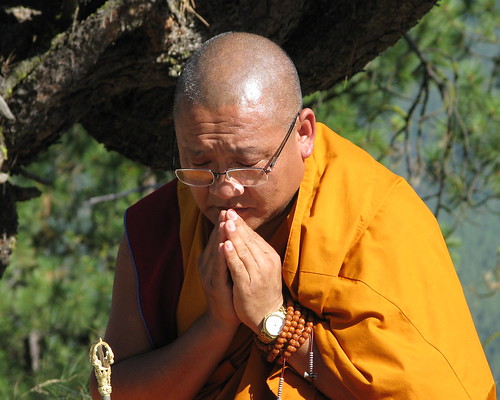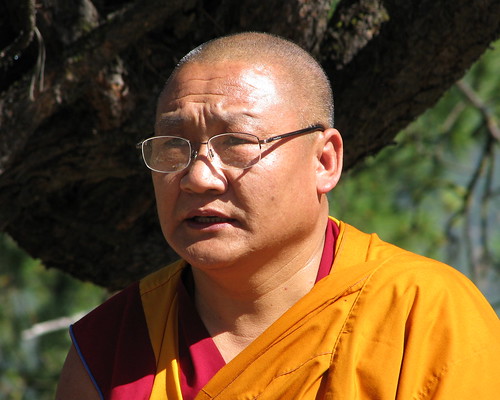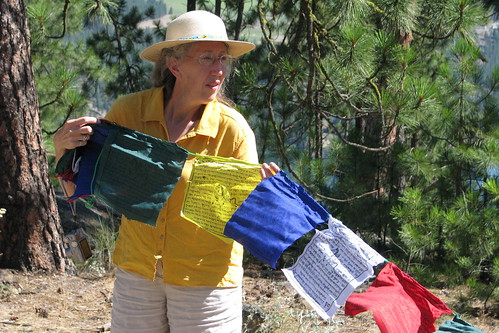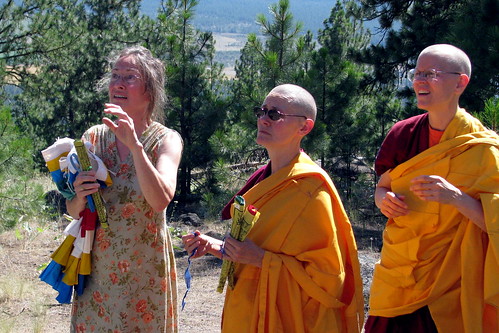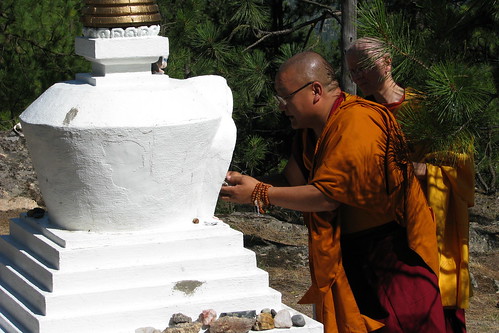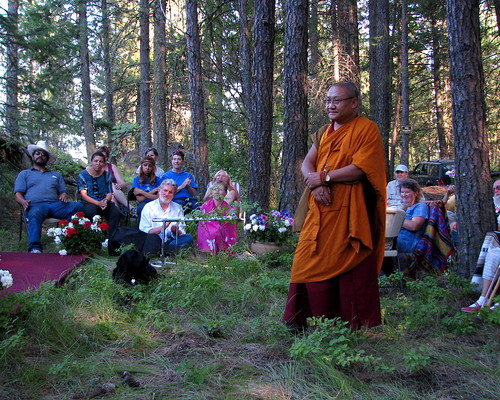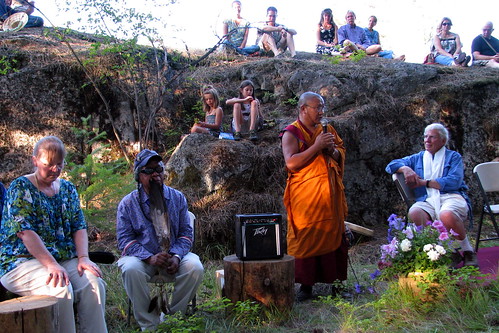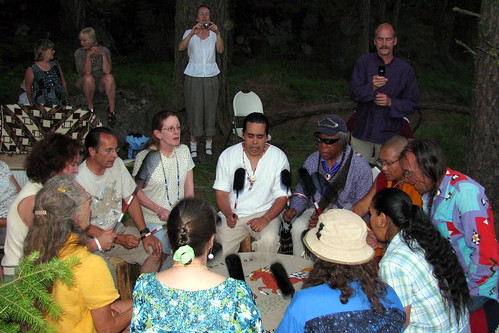
Inspired by Jen’s blog, I’ve begun to consider my own place in this phenomenon called Generation X.
Just the other day, I was reminded of an iconic image from our generation. Almost anyone who grew up in the 1970s will remember the crying Indian from the Keep America Beautiful ads. A Native American man dressed in buckskin and a single feather overlooks a polluted cityscape choked with cars, trash, and smog while a teardrop rolls down his cheek. The narrator intones with stoic solemnity, “People start pollution. People can stop it.”
The problem with the ad is that neither the Indian nor the teardrop were real. The teardrop was glycerin and the Indian was really an Italian-American who took the name Iron Eyes Cody. His real name was Espera Oscar DeCorti. Ginger Strand wrote a much more thorough and thought-provoking account of the true history behind the ad.
And yet this image, though largely false, still managed to stir up strong feelings for many people. It invoked a sense of the idyllic, mythic past of our nation and inspired many to express greater concern for the environment.
On a personal level, the crying Indian creates a sense of irony, forever trapped between negative and idealized stereotypes. As a young child in the 1970s, I was old enough to remember the lingering remnants of a deeply racist society. I still remember the difficulty my parents faced when trying to rent a house. In those days, people made little attempt to conceal their racist attitudes and overtly refused us housing simply for being Indian. I can still hear the insults in my mind and feel the sting of rejection. And still the 1970s produced a change in racial attitudes. Suddenly the popular culture turned, and being Indian became something to admire, but not necessarily for all the right reasons. One moment we were despised, and the next moment we were loved for being the “noble savages” of someone’s imagination. Imagine my confusion as a little boy when my ethnic identity was simultaneously hated and treated as an idealized myth. Both versions of popular mythology tend to isolate the human beings behind the label.
So for Jen, this is my version of a Generation X story, with a Native twist.
By the way, you can check out this version of the crying Indian ad. Here’s another one.














